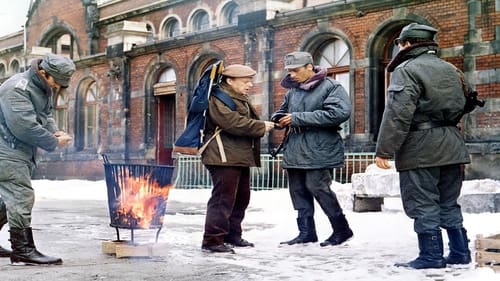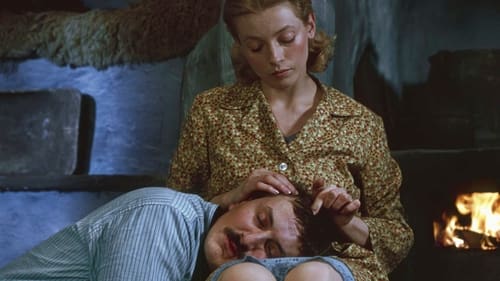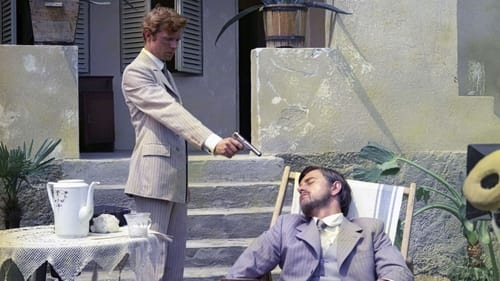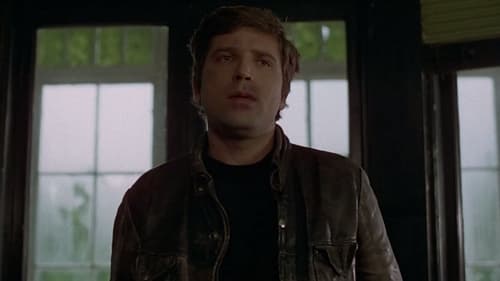Łucja Ośko
História
Łucja Ośko worked as an editor for film productions.

Editor
A documentary tackling the problem of air pollution in Walbrzych. The film shows the effects of excessive and ill-considered industrialization of the region: the sky covered with smoke, mining waste heaps piling up, burnt buildings, and, above all, the residents exposed to smog from an early age.

Editor
December, 1981. World-class champion Ewa Jaskólska is looking forward to a cruise around the world with her yacht. At her farewell party, several people are present that are connected to the new Solidarnośc movement. The guests are filmed by a TV journalist. The introduction of the martial law in Poland leads to problems for all people involved. Can Ewa go back to her home country after these dramatic changes in Poland?

Editor
Made in 1983, shelved for four years. A chilling tale about kids playing in a bombed-out Warsaw courtyard on the day of Stalin's death, while their parents are away at the church or a memorial procession.

Editor
A young, idealistic poet, turns his back on civilization and goes to small, backwood village, rents a bed in the house of an old woman, and decides to make his living as a lumberjack. Soon he realizes that the world around him is far from perfect.

Editor
Kaziuk, a stubborn peasant and his pregnant wife live in a backwood village, unaffected by the civilization. The village is once visited by a couple of wanderers, and strange things start to happen afterward. A new schoolteacher is sent to the area. She stirs erotic fantasies in Kaziuk. In a stir of frustration Kaziuk cuts down a family tree - a sacrilegious act in the eyes of his family. Going a step further and using a scythe for cutting the rye instead of a sickle brings the whole village against him.

Editor
A holiday training camp for young married couples who belong to the Polish Socialist Youth Union (ZSMP) begins at the campsite. From the commander's welcome speech, they learn that a film crew will record camp life and training classes under the slogan "Model Family".

Editor
Set in 1905. The story focuses on a young and inexperienced man in a revolutionary execution squad. He does his killing job out of idealism, and for the love of a woman. The young student murders a Russian spy and is afterwards arrested by the police. Much to his surprise he is released after a session with the traitor-judge, hinting at some leaks in the organisation. Student reports his suspicions back to the organisation, but in response is given a new hit mission.

Editor
A young factory worker takes up on boxing as a way to find himself and advance his chances for the future. But the difficulties of sorting himself out in the crooked boxing environment hold him back in the beginning, until he arrives for tournament in Chicago, where he can prove himself. In the end, he wins over his Yank opponent, an amateur below his ranking, and is back in the factory.

Editor
The final oral exam in history and social studies at one of Warsaw's high schools. The film illustrates the theatre of social life in Soviet Poland where one says different things on the stage and another behind the scenes.

Editor
Young people with disabilities are provided with health care and vocational training. Is it enough to prepare them for their independent life? We get to know some charges of the Rehabilitation Center in Konstancin.

Editor
This movie is about the visit of Clive Harris, the famous healer, to Warsaw. Incredible crowds gather before the entrance and Harris "heals" thousands of people by briefly touching them. Tireless on his stand, he fulfills his duty for 24 hours a day.

Editor
The titular “obrazki” (ENG: pictures) are both prison tattoos and wounds inflicted on sons by their abusive fathers and stepfathers. Such a son is the protagonist of the film. After many years, he meets his biological, previously unknown, father.

Editor
Shortly before retiring, an old railway worker causes a serious accident which ultimately destroys his whole professional career.

Editor
Every year, on June 13, for the past thirty-two years, the villagers have gathered to remember one of their neighbors who left his home on that day in 1939 and never returned. His nearest and dearest did not receive information about his death.












